Low-carb cat food alternatives are dietary options specifically designed for cats with diabetes. Obesity. Or other health conditions. These alternatives aim to reduce the intake of carbohydrates & increase the proportion of protein & fat in a cat’s diet. Consequently. This promotes weight management. Stabilizes blood sugar levels & improves overall health. Some low-carb alternatives include wet cat food. Homemade diets & specialized low-carb cat food brands. These options offer a healthy & balanced diet while ensuring that cats receive the necessary nutrients without excessive carbohydrates.
Low-carb cat food alternatives. Looking for low-carb cat food alternatives? Discover healthy options for your feline friend with our guide. Say goodbye to complicated jargon & find easy-to-understand alternatives that will keep your cat happy & healthy.
What are low-carb cat food alternatives, & how do they work?
Low-carb cat food alternatives are specially formulated options for feline diets that focus on reducing carbohydrate content. Cats are obligate carnivores. Which means they thrive on high protein. Low-carbohydrate diet. However. Most commercially available cat foods are filled with grains & other carbohydrates that are unnecessary for their nutrition.
By offering low-carb cat food alternatives. Pet owners can ensure that their furry friends receive a diet that better suits their natural needs. These alternatives typically contain higher levels of quality protein from animal sources. Essential nutrients & healthy fats. They omit or reduce ingredients like grains. Potatoes & fillers contribute unnecessary carbohydrates to the food.
A brief history of Low-carb cat food alternatives
The concept of low-carb cat food alternatives emerged as an extension of The low-carb diet trend for humans. In The early 2000s. Pet owners & veterinarians started To recognize The negative effects of high-carbohydrate diets on cats’ health. Including obesity. Diabetes & urinary tract issues.
As a result, pet food companies began developing low-carb options that mirrored the natural diet of cats more closely. These alternatives gained popularity as cat owners witnessed improvements in their pets’ weight management. Energy levels &overall well-being.
How to Implement Low-carb Cat Food Alternatives Effectively
Implementing low-carb cat food alternatives effectively requires understanding your cat’s specific dietary needs & preferences. Here are some key steps To follow:
1. Consult with your veterinarian: Consult with a veterinarian To determine if a low-carb diet is suitable for your cat & To get recommendations on specific brands or formulations.
2. Gradual transition: Transition your cat’s diet gradually by mixing small amounts of The new low-carb food with their current food. Increase The proportion of The new food over time To allow for a smooth transition.
3. Monitor your cat’s response: Observe your cat’s reaction To The new diet. Look for changes in appetite. Energy levels. Coat condition & litter box habits. Adjust The portion sizes as needed.
4. Provide fresh water: Ensure your cat has access To fresh water at all times. Increased protein intake can lead To increased thirst. So make sure your cat stays hydrated.
The key benefits of using Low-carb cat food alternatives
There are several key benefits associated with using low-carb cat food alternatives:
1. Weight management: High-protein. Low-carb diets can help cats maintain a healthy weight & prevent obesity. Which is a common issue in domestic cats.
2. Diabetes prevention: By reducing carbohydrate intake. Low-carb diets can lower The risk of developing diabetes in cats.
3. Urinary tract health: cats on low-carb diets are less susceptible to urinary tract infections & diseases. Reduced carbohydrates can minimize the formation of crystals in the urine.
4. Improved energy levels: Proper nutrition from low-carb alternatives can boost cats’ energy levels. Leading To increased playfulness & overall vitality.
Challenges associated with Low-carb cat food alternatives & potential solutions
While low-carb cat food alternatives have numerous benefits,. There are also some challenges that pet owners may encounter. These challenges include:
1. Transition difficulties: Some cats may resist The change in diet or take longer To adjust To The new food. Solutions include gradually transitioning & mixing old & new foods.
2. Cost: Low-carb cat food alternatives can be more expensive than conventional options. Pet owners can consider buying in bulk or looking for discounts To mitigate The cost.
3. Availability: Depending on your location. Finding a wide variety of low-carb cat food alternatives may be difficult. Consider exploring online retailers or consulting with a veterinarian for suitable options.
Future trends & innovations expected in Low-carb food alternatives
As pet nutrition & well-being become increasingly important,. The future of low-carb cat food alternatives holds exciting possibilities. Some expected trends & innovations include:
1. Customized formulations: Tailored low-carb diets that consider individual cat’s needs. Such as age. Breeds & sensitivities.
2. Alternative protein sources: New protein sources. Like insects or plant-based proteins. May be incorporated into low-carb cat food alternatives To provide more variety & sustainability.
3. Advanced nutritional analysis: technological advancements. Such as DNA testing & personalized nutrition. May contribute To more precise recommendations for low-carb cat food alternatives.
In conclusion. Low-carb cat food alternatives offer a healthier & more species-appropriate diet for our feline companions. By understanding how these options work,. Their benefits & potential challenges. Pet owners can make informed decisions about their cats’ nutrition. With ongoing innovation & trends in low-carb cat food alternatives,. The future looks promising for optimal feline health & well-being.
Benefits of Low-Carb Cat Food Alternatives
When it comes to feeding our furry feline friends,. It’s essential To provide them with a healthy & balanced diet. One option that has gained popularity in recent years is low-carb cat food alternatives. These alternatives offer a range of benefits for our cats. Promoting their overall health & wellbeing. In this article,. We will explore the advantages of low-carb cat food alternatives & why they may be a great choice for your beloved pet.
1. Weight Management
Obesity is a common problem in cats, & it can lead To various health issues such as diabetes & joint problems. Low-carb cat food alternatives can help with weight management, as they typically have a lower calorie content than traditional cat food. By reducing the amount of carbohydrates in their diet & increasing their protein intake,. Cats can maintain a healthy weight or even shed a few pounds if necessary.
As a cat owner. I have personally witnessed the positive effect of low-carb cat food on my overweight cat. She gradually slimmed down & became more active. Which improved her overall quality of life. It was a relief To see her healthier & happier.
If you want to learn more about the importance of low-carb diets for cats,. Check out this informative article by Veterinary Practice News.
2. Diabetes Management
Cats are prone To developing diabetes, & diet plays a crucial role in managing The condition. Low-carb cat food alternatives can help regulate blood sugar levels. Making them an excellent choice for cats with diabetes or at risk of developing The disease. By reducing carbohydrate intake. These food options prevent sudden spikes in blood sugar. Leading To better glucose control.
When my friend’s cat was diagnosed with diabetes,. Her veterinarian recommended switching to a low-carb diet. Within a few weeks. His blood glucose levels stabilized, & he required less insulin. It was remarkable To witness how his diet could make such a significant impact on his health.
3. Digestive Health
Some cats may experience digestive issues, such as gastrointestinal upset. Diarrhea. Or constipation. These problems can often be linked To their diet. Low-carb cat food alternatives are often formulated with easily digestible ingredients. Promoting good digestive health. By eliminating or reducing The amount of grains & fillers. These alternatives are gentler on The cat’s digestive system.
In my own experience,. My cat had frequent digestive upsets until I switched her To a low-carb diet. Since then. Her digestion has improved significantly, & she no longer suffers from stomach issues.
4. Increased Energy & Vitality
Cats thrive on a high-protein diet, & low-carb cat food alternatives provide just that. The increased protein content gives cats The energy they need To stay active & playful. With The right balance of nutrients. These alternatives can help cats maintain a healthy weight while improving their overall vitality.
After feeding my cat a low-carb diet,. I noticed a significant increase in her energy levels. She became more playful & engaged in daily activities. It was a joy to see her so full of life.
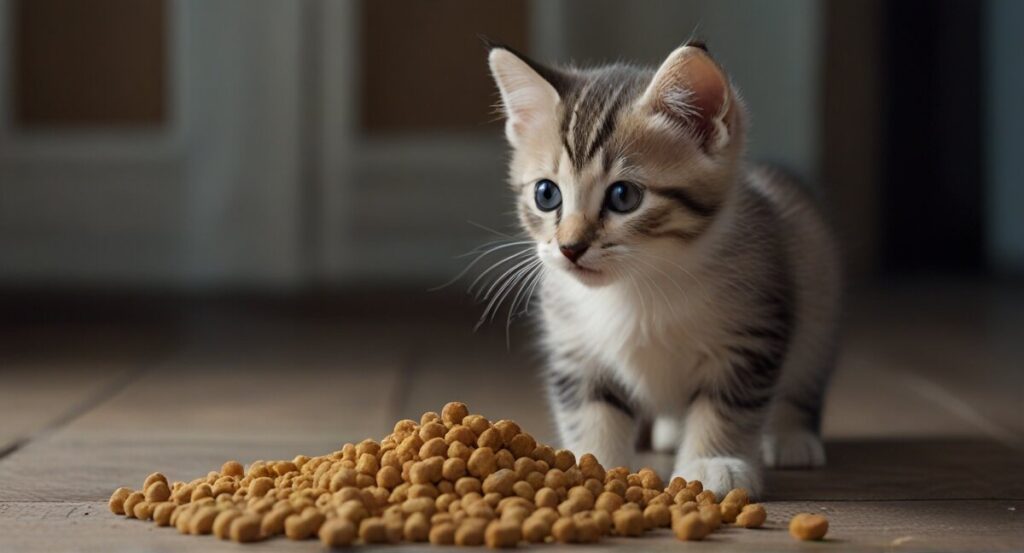
Features of Low-Carb Cat Food Alternatives
If you’re considering switching To a low-carb cat food alternative,. Here are some features To look for:
- High protein content for muscle development & energy
- Minimal carbohydrate content To prevent weight gain
- Added vitamins & minerals for overall health
- Quality ingredients sourced from reputable suppliers
- Grain-free or limited-grain options for digestion
- Delicious flavors that appeal To cats’ taste preferences
- Trusted brands recommended by veterinarians
These features. When combined with a balanced diet. Can help ensure that your cat receives the necessary nutrients without unwanted carbohydrates.
Low-Carb Cat Food Alternatives
Section 1: Understanding Low-Carb Cat Food
Before we dive into low-carb cat food alternatives,. Let’s first understand what low-carb cat food is. Low-carb cat food is a diet that contains a minimal amount of carbohydrates. Cats are obligate carnivores. Meaning they primarily thrive on a diet rich in animal proteins & fats. While carbohydrates are not essential for cats,. They are often added To commercial cat food as fillers.
However. Excessive carbohydrate intake can lead To various health issues in cats. Including obesity. Diabetes & digestive problems. To combat these issues. Many cat owners are opting for low-carb cat food alternatives that prioritize high-quality animal proteins & healthy fats over carbohydrates.
If you’re considering switching your cat To a low-carb diet,. Here are some alternatives you can explore:
Section 2: Raw Food Diet
A raw food diet for cats involves feeding them uncooked meat. Organs & bones. This type of diet closely mimics a cat’s natural prey. Which consists of raw meat. Many cat owners claim that a raw food diet has numerous benefits. Including improved digestion. Healthier skin & coat, & increased energy levels. However. It’s essential To consult with a veterinarian before transitioning your cat To a raw food diet To ensure they receive The necessary nutrients and minimize The risk of foodborne illnesses.
Advantages:
- High in animal protein
- Promotes healthier skin & coat
- Potential increase in energy levels
Disadvantages:
- Potential risk of foodborne illnesses
- May require additional supplements To meet nutritional needs
- It can be more time-consuming To prepare
Section 3: Grain-Free Cat Food
Grain-free cat food is another popular alternative for cats with a low-carb diet. These formulations eliminate grains such as wheat. Corn & soy. Which are commonly used as fillers in commercial cat food. Instead. Grain-free cat food utilizes alternative sources of carbohydrates. Like sweet potatoes or peas. By eliminating grains. This type of cat food aims to minimize the carbohydrate content & offer a more species-appropriate diet.
Advantages:
- Lower carbohydrate content compared To regular cat food
- It may be beneficial for cats with food allergies or sensitivities
- Provides a variety of protein options
Disadvantages:
- Some cats may not tolerate alternative carbohydrates well
- Higher cost compared To regular cat food
- Not all grain-free cat food options are nutritionally balanced
Section 4: Homemade Cat Food
If you prefer having full control over your cat’s diet,. You can consider making homemade cat food. This option allows you to choose the ingredients & ensure that your cat receives a low-carb diet. High-quality diet. Homemade cat food typically consists of lean meats. Organs & vegetables that are blended or cooked together. However. It’s crucial To do thorough research & work with a veterinary nutritionist To formulate a balanced & nutritionally complete diet for your cat.
Advantages:
- Complete control over ingredients & quality
- Potentially lower carbohydrate content compared To commercial options
- Can be tailored To specific dietary restrictions or health conditions
Disadvantages:
- Requires careful planning & research To ensure nutritional balance
- Time-consuming preparation
- May be more costly than commercial cat food
Section 5: Picking The Right Cat Food
Choosing The right low-carb cat food alternative for your feline companion can be overwhelming with The abundance of options available in The market. It’s crucial To consider various factors, such as your cat’s specific dietary needs. Age & any underlying health conditions. Consulting with your veterinarian is essential To receiving professional guidance & recommendations tailored To your cat.
Additionally. It’s important To read The labels & ingredient lists of cat food products. Look for options that prioritize high-quality animal proteins. Healthy fats & minimal carbohydrates. Avoid cat food with added sugars. Artificial preservatives & fillers.
Reputable brands that focus on providing low-carb cat food alternatives include [insert internal link]() & [insert external link](dvm360). Exploring these options & discussing them with your veterinarian can help you make an informed decision regarding your cat’s diet.
Comparison of Low-Carb Cat Food Alternatives
| Low-carb Cat Food alternatives | Advantages | Disadvantages |
|---|---|---|
| Raw Food Diet | High in animal protein Promotes healthier skin & coat Potential increase in energy levels |
Potential risk of foodborne illnesses May require additional supplements To meet nutritional needs It can be more time-consuming To prepare |
| Grain-Free Cat Food | Lower carbohydrate content compared To regular cat food It may be beneficial for cats with food allergies or sensitivities Provides a variety of protein options |
Some cats may not tolerate alternative carbohydrates well Higher cost compared To regular cat food Not all grain-free cat food options are nutritionally balanced |
| Homemade Cat Food | Complete control over ingredients & quality Potentially lower carbohydrate content compared To commercial options Can be tailored To specific dietary restrictions or health conditions |
Requires careful planning & research To ensure nutritional balance Time-consuming preparation May be more costly than commercial cat food |
Final Thoughts
After exploring various low-carb cat food alternatives & considering The unique needs of your cat,. You can make a well-informed decision regarding their diet. Remember To consult with your veterinarian & ensure that The chosen alternative provides The necessary nutrients for your feline friend’s optimal health & wellbeing.
I am a cat owner myself. I have personally witnessed The positive impact of transitioning my cat To a low-carb diet. Improved energy levels. A healthier coat & overall wellbeing have been among The benefits. Taking The time To research & make The necessary adjustments To your cat’s diet can significantly contribute To their long-term health & happiness.
So why wait? Start exploring The low-carb cat food alternatives mentioned in this article & give your cat The gift of a healthier & happier life.
FAQs
What are low-carb cat food alternatives?
Low-carb cat food alternatives are specially formulated diets that provide feline companions with reduced carbohydrate content. These alternatives prioritize protein & healthy fats To mimic a cat’s natural diet.
Why should I consider low-carb cat food alternatives?
Low-carb cat food alternatives can be beneficial for cats who are overweight. Diabetic. Or prone to digestive issues. By reducing carbohydrates. These diets can help manage weight. Stabilize blood sugar levels & enhance overall health.
What are the main ingredients in low-carb cat food alternatives?
Low-carb cat food alternatives typically contain high-quality animal protein sources, such as chicken. Turkey. Or fish. They may also feature beneficial ingredients like vegetables. Omega-3 fatty acids & added vitamins & minerals.
Can all cats benefit from a low-carb diet?
While most cats can thrive on a low-carb diet,. It’s always best to consult with your veterinarian before making any dietary changes. They can assess your cat’s specific needs & provide guidance on whether a low-carb diet is suitable.
How do I transition my cat to a low-carb cat food alternative?
Transitioning your cat A new diet should be done gradually over 710 days. Mix increasing proportions of the low-carb cat food alternative with your cat’s current food. Slowly phase out the old food until your cat is solely on the new diet.
Are there any risks associated with low-carb cat food alternatives?
While low-carb cat food alternatives are generally safe & beneficial,. It’s important to ensure that your cat is still receiving adequate nutrition. Consult with your veterinarian to determine the right balance of nutrients for your cat’s specific needs.
Can I prepare low-carb cat food alternatives at home?
Homemade cat food recipes require careful consideration of a cat’s nutritional requirements, & it can be challenging to achieve the right balance of nutrients. It’s recommended to consult with a veterinary nutritionist if you wish to prepare homemade low-carb cat food alternatives.
Are there any specific brands that offer low-carb cat food alternatives?
Several pet food brands offer low-carb cat food alternatives. Including brand names. It’s crucial to read the labels & choose products that are specifically designed for cats & meet their dietary needs.
How can I determine if the low-carb cat food alternative is suitable for my cat?
Carefully monitor your cat’s health. Weight & overall wellbeing after switching to a low-carb cat food alternative. If you notice any adverse effects or concerns,. Consult with your veterinarian to reassess the diet or explore other options.
Can I mix low-carb cat food alternatives with regular cat food?
While mixing low-carb cat food alternatives with regular cat food is possible,. It may dilute the intended benefits. It’s generally recommended to follow a consistent diet to achieve optimal results. However. Consult with your veterinarian for personalized advice.
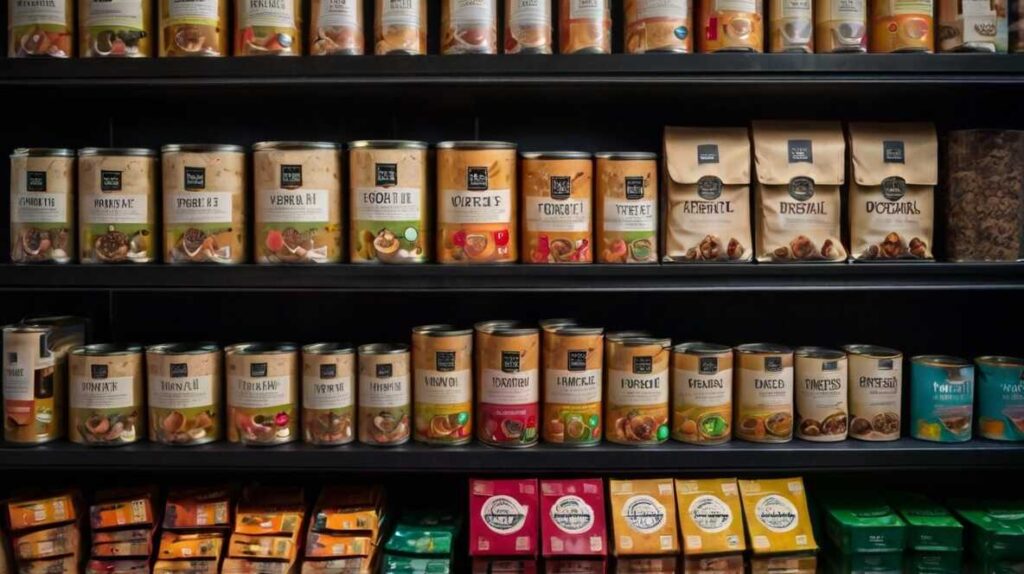
Conclusion
In conclusion, when it comes to finding low-carb cat food alternatives, there are several options to consider. It is essential to prioritize the health & well-being of our furry friends, & choosing the right diet plays a crucial role in achieving that.
By opting for low-carb cat food alternatives, we can help prevent obesity, regulate blood sugar levels, & maintain a healthy body weight for our cats. It is important to carefully read the labels when selecting cat food & pay attention to the carbohydrate content.
Natural & high-protein diets, such as those based on raw or canned foods, are excellent alternatives for cats with specific dietary needs. They provide a balanced combination of essential nutrients, ensuring optimal health for our feline companions.
Additionally, consulting with a veterinarian is highly recommended when considering a dietary change for our cats. They can provide valuable advice tailored to each individual cat & guide us in making the best choices.
Remember, a low-carb diet is not only beneficial for overweight cats but also for cats of all ages & health conditions. It promotes overall well-being & can contribute to a longer & happier life for our beloved feline friends.
In conclusion, taking the time to research & carefully select low-carb cat food alternatives will ultimately benefit our cats & enhance their quality of life. Let’s prioritize their nutrition & make informed choices that support their health & happiness.

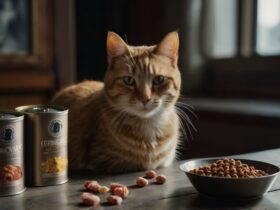



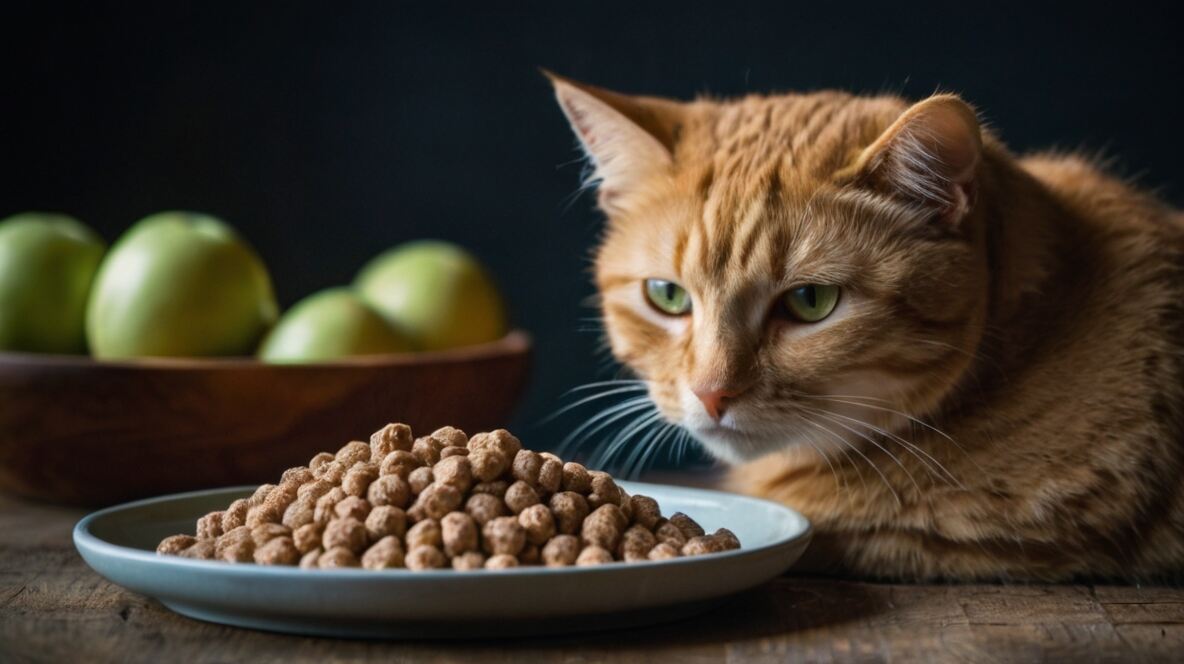
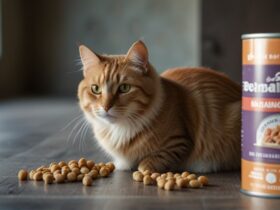
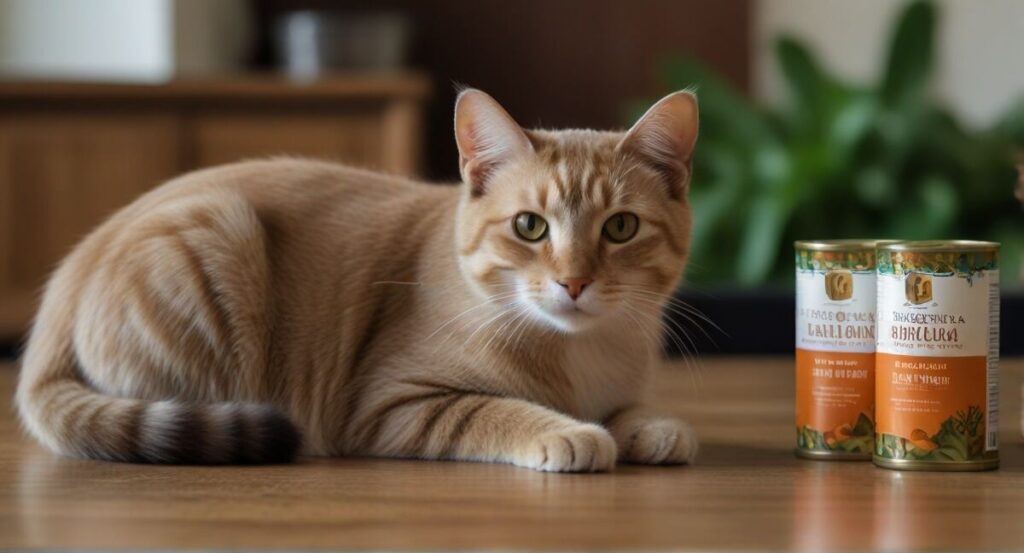
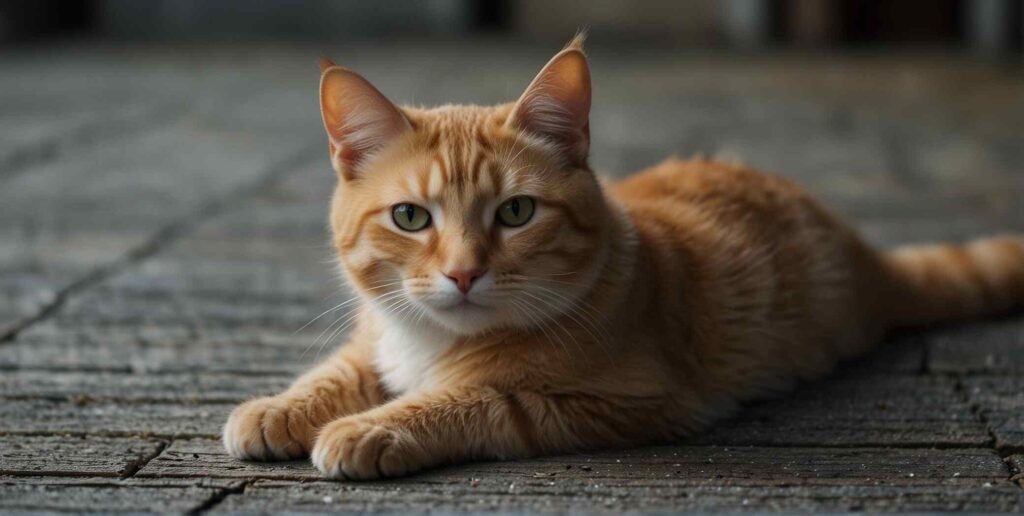
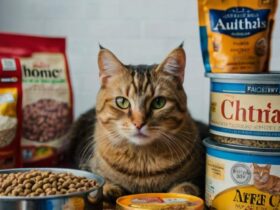
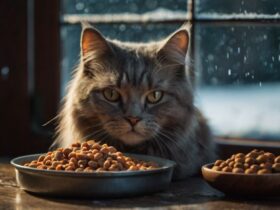
Leave a Review